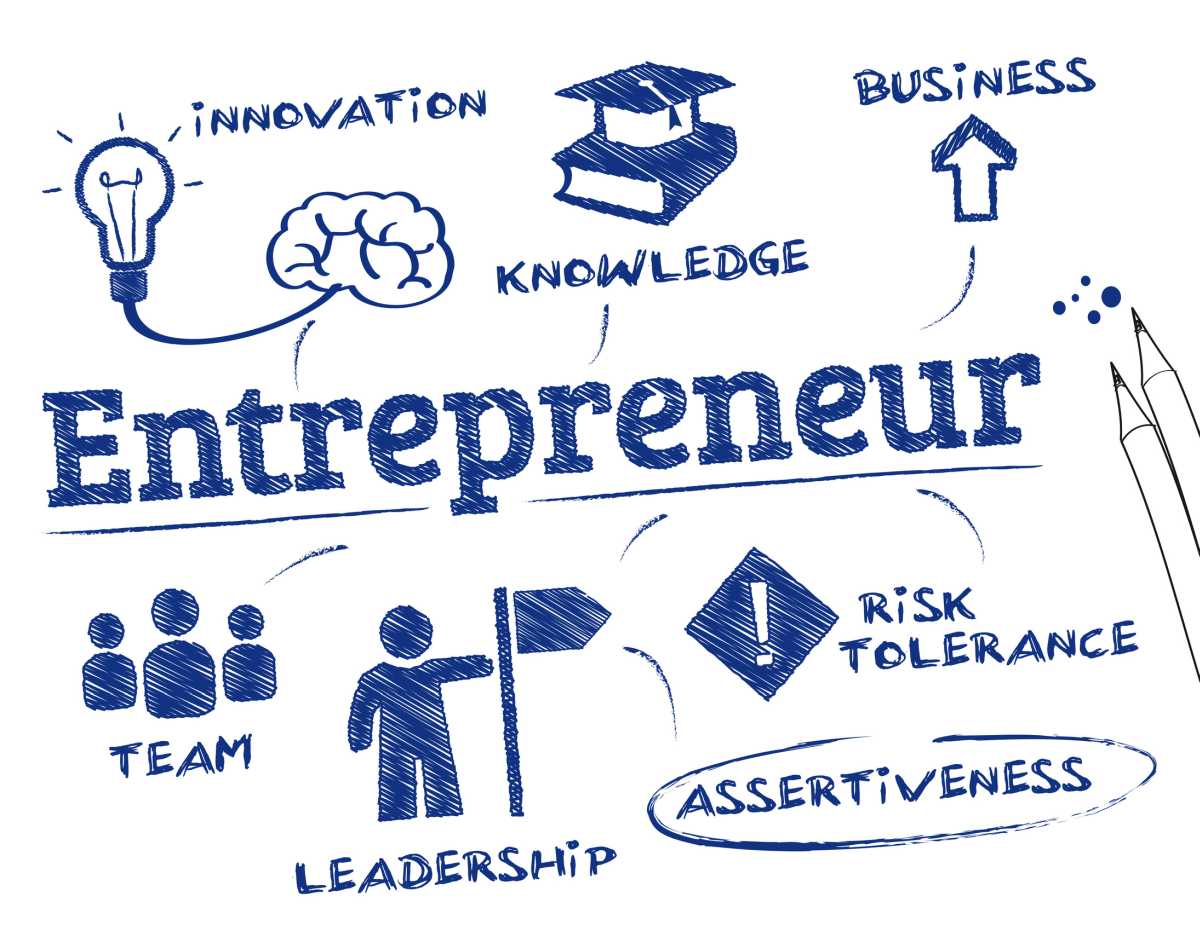We have so far introduced what organisational culture is, its elements and its benefits to an organisation. Today we will take up the dimensions of organisational culture.
Robert Quinn and Kim Cameron investigated and came up with two key polarities of the qualities that determine the effectiveness of a business. These are: ‘Internal focus and integration’ vs ‘External focus and differentiation’ on one scale and ‘Flexibility and discretion’ vs ‘Stability and control’ on another. These are depicted within the ‘Competing Values Framework’ that brings out four types of corporate cultures. The four quadrants reflect cultures that might be classified as ‘clan’, ‘adhocracy’, ‘market’ and ‘hierarchy’. (From these, several variants have been derived by others).
Hofstede Insights, on the other hand, identified six dimensions of culture as ‘Organisational Effectiveness’ (measured on a ‘means-oriented’ vs ‘goal-oriented’ scale), ‘Customer Orientation’ (measured on an ‘internal drive’ vs ‘external drive’ scale), ‘Level of Control’ (measured on ‘easy-going work discipline’ vs ‘strict work discipline’ scale), ‘Focus’ (as measured on ‘local’ vs ‘professional’ bias), ‘Approachability’ (as measured by how ‘open’ or ‘closed’ a system is) and ‘Management Philosophy’ (as measured by orientation towards employees or the work). Both typologies by Quinn-Cameron and Hofstede Insights help bring out cultural dimensions on the basis of corporate features. However, I like to see organisational culture in terms of the elements that we discussed two weeks ago, albeit in a modified format as follows:
The philosophies of the founders and leaders of an organisation: Business organisations are built on the beliefs and imaginations of their founders and leaders over a period. These philosophies, beliefs, and imaginations are the cornerstones around which all other blocks, which will eventually define a culture, are built. They form the core of what the organisation does as a business. They determine which people are attracted to the business, etc.
- Obasanjo: Oil can no longer feed Nigeria’s growing population
- NIGERIA DAILY: How Southeasterners Are Sabotaging Igbo Presidential Dream
At the point of trying to understand a particular organisational culture, we will typically not be bothered about the rightness or wrongness of those beliefs and imaginations. The questions will just be about, What are the beliefs of the founders and leaders? Are the members of that organisation living and building on those beliefs and imaginations? It is at the point of assessment that we delve into how the beliefs may be ethical, pragmatic, inspiring, etc. or not.
Mission, Vision and Values: The next discriminants of organisational culture, which are substantially determined by the philosophies and imaginations of the founders and leaders are the mission, vision, and values of the organisation. Again, at the point of understanding a particular organisational culture, the questions will be less on whether they are ‘right’ or ‘wrong’ and more on whether the organisation is on any mission and has a vision and set of values or not; On whether members of the organisation are clear about the mission, vision and values of their organisation or not. At the point of assessment of the culture, we then will begin to be interested in whether the members are living the values to realise the vision; On the degree of the commitment of the members to the mission of the organisation, etc.
Practices: Regardless of whatever the philosophies of the founders and leaders of an organisation are; and irrespective of whatever the mission, vision and values members of the organisation set for themselves, the ultimate test and proof of organisational culture are the actual practices of the members of that organisation. As the saying goes, the proof of the pudding is in the eating! Some of the practices to be checked will include:
a) Internal congruence – This is a measure of the degree to which activities of members of the organisation are in congruence with the philosophies of the founders and leaders. This is about how much the vision of the organisation is shared by each member. This is about how much the members feel committed to the mission, etc.
Internal congruence is what makes it possible for all members to efficiently push or pull in the same direction. It is what makes it easy and interesting for members to work as seamless teams notwithstanding internal operational ‘boundaries’ and structures. It is what aligns all activities within the organisation.
b) External synchrony – This is the extent to which internal operations of an organisation are in harmony with the external objectives that are desired to be achieved. For instance, are the internal activities of the organisation synchronous with the goals and objectives of external stakeholders such as customers, shareholders, etc.? Are members of the organisation committed to meeting contractual agreements with supply chain partners?
c) Resilience – Organisations operate with members of various backgrounds and idiosyncrasies, who may be there for different reasons. Furthermore, organisations exist not in a vacuum but in a larger society that impacts and is impacted by the organisation. To what extent are unwanted behaviours and actions of members resisted within the organisation? To what extent are unwanted external interferences resisted?
d) Receptive to innovation – Regardless of the desired resilience of the culture to unwanted influences, it must be reasonably open to innovation from internal and external sources within the limits set by its values. Beyond being receptive to innovative ideas, a culture should be encouraging and rewarding to old and new ways of achieving objectives.
e) Integrity – We have mentioned earlier that in trying to understand the philosophies of the founders and leaders of an organisation and the commitment of the members to the mission, vision and values, we should not be judgmental. However, it is assumed that at the point of conceptualisation and development, philosophies, mission, vision and values should be benchmarked against appropriate ethical standards. Consequently, we will be interested in assessing how the mission, vision and values of an organisation are in the overall interest of local communities, a nation and the world. How real are the members to the stated mission? How honest are they in dealing with all their stakeholders? Are they fair in their dealings with others?
f) Performance – At the end of everything, organisations are built to achieve certain objectives. The whole essence of the organisational culture should, therefore, be about facilitating the achievement of those objectives. To that extent, we need to build a great culture and also regularly review how it helps us achieve our desired goals.
With a basic understanding of the dimensions of culture, we will conclude the series next week by taking up specific measures for building a great organisational culture.

 Join Daily Trust WhatsApp Community For Quick Access To News and Happenings Around You.
Join Daily Trust WhatsApp Community For Quick Access To News and Happenings Around You.


